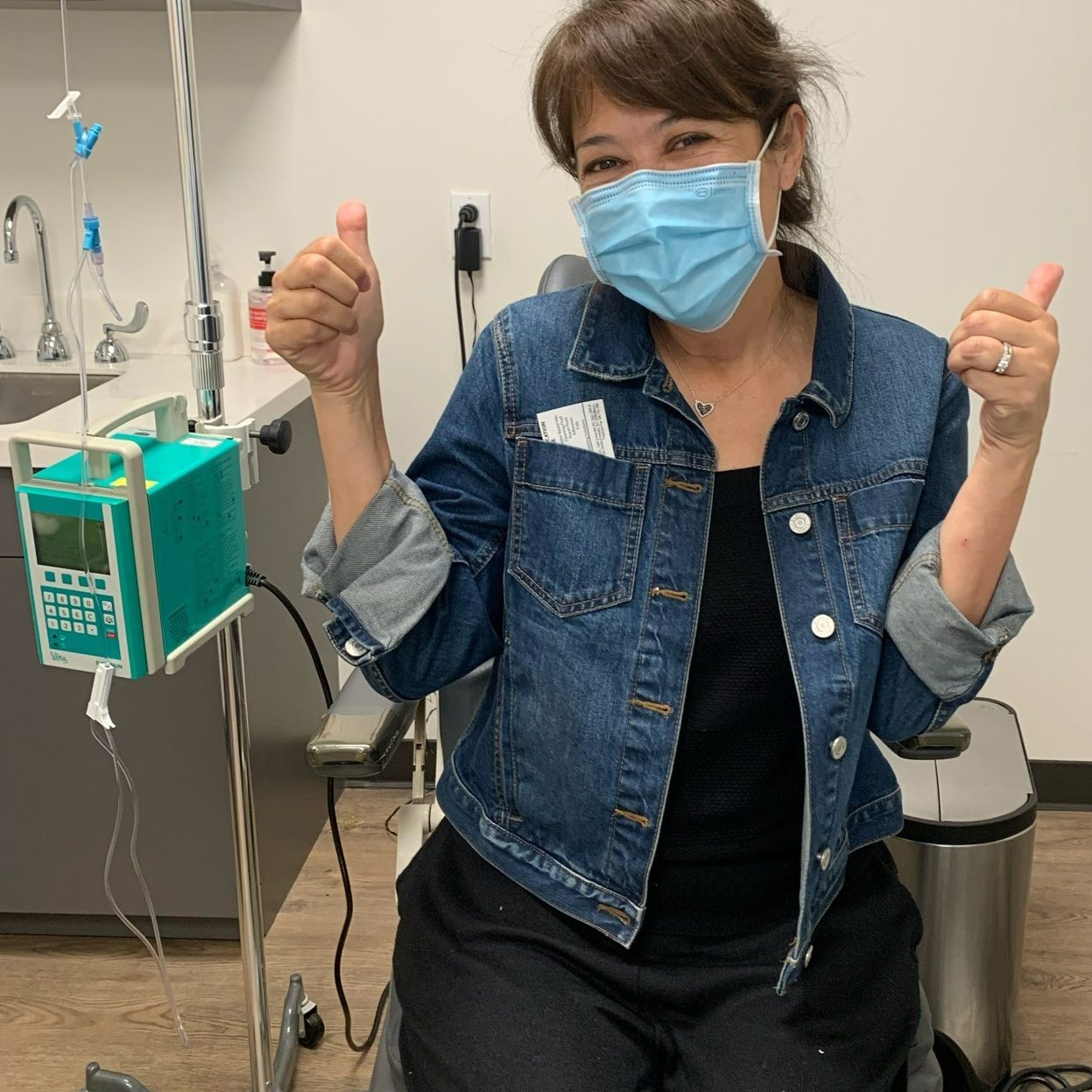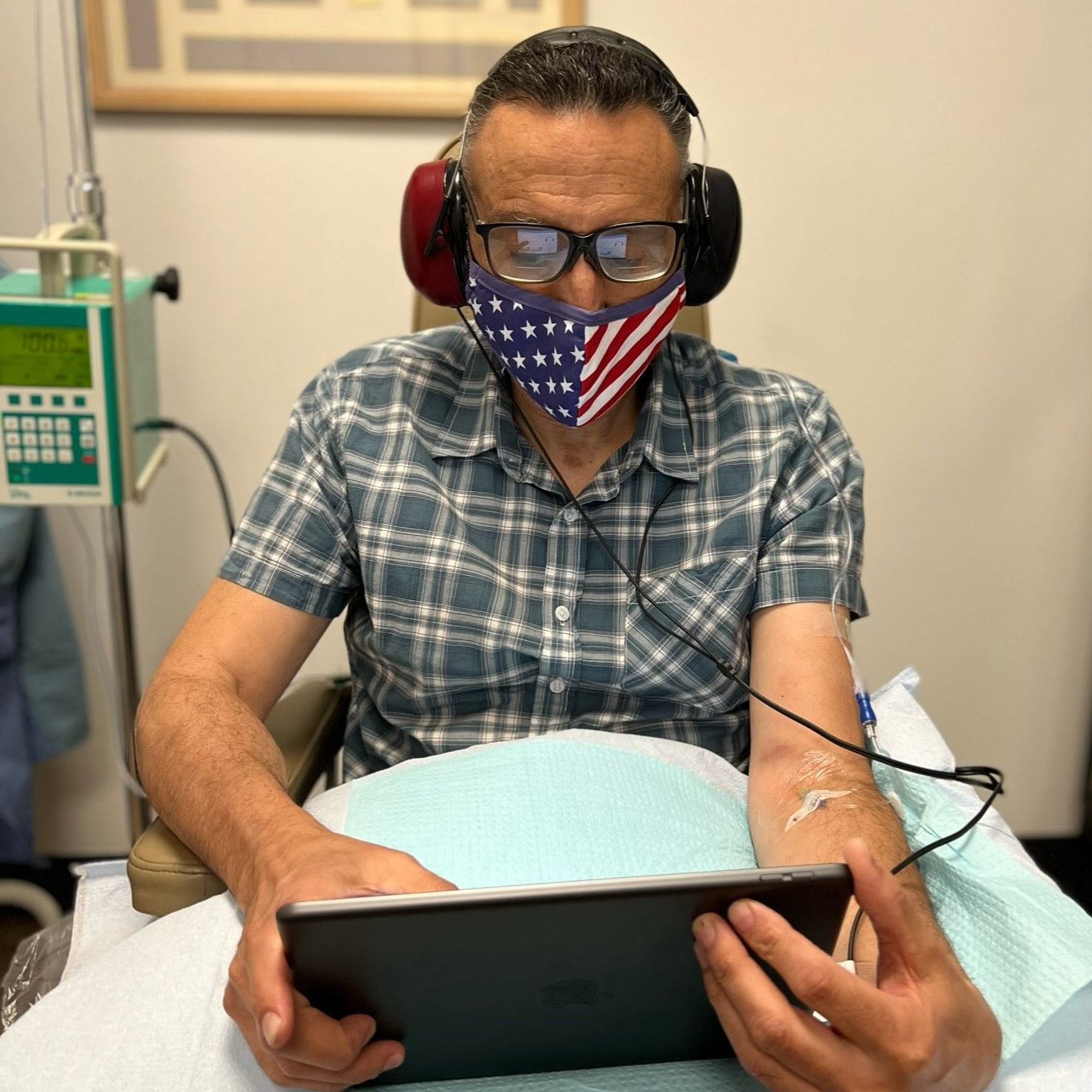For mild disease, initial management focuses on reducing dry eye and exposure symptoms. Often due to eye bulging, eyelid retraction, or a combination of the two, the eye can experience dryness, redness, and irritation. Initial treatment recommendations may include:
- Use of artificial tears, gels, and ointment 4 to 6 times a day
- Taping of eyelids at night (if they don’t close completely)
- Selenium supplementation
In the past, management options for moderate to severe disease included treatment options such as systemic corticosteroids, orbital irradiation, or off label use of biologic drugs. While these treatments may reduce the inflammation associated with the disease process, they have not been shown to reverse the disease process, and can have significant systemic side effects. In 2020 the FDA approved the first and only medical treatment specifically for TED – Tepezza.


